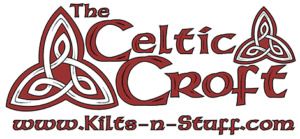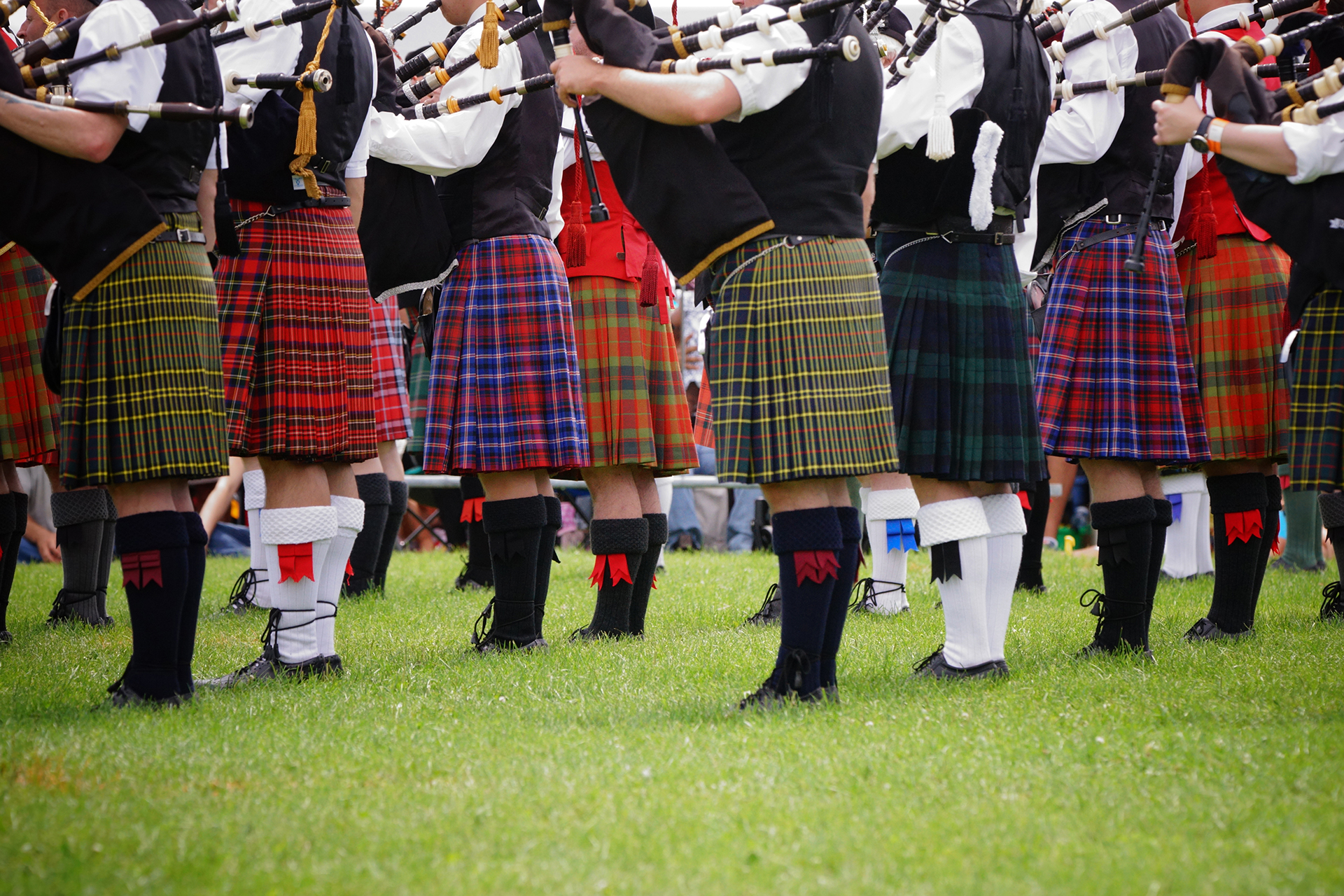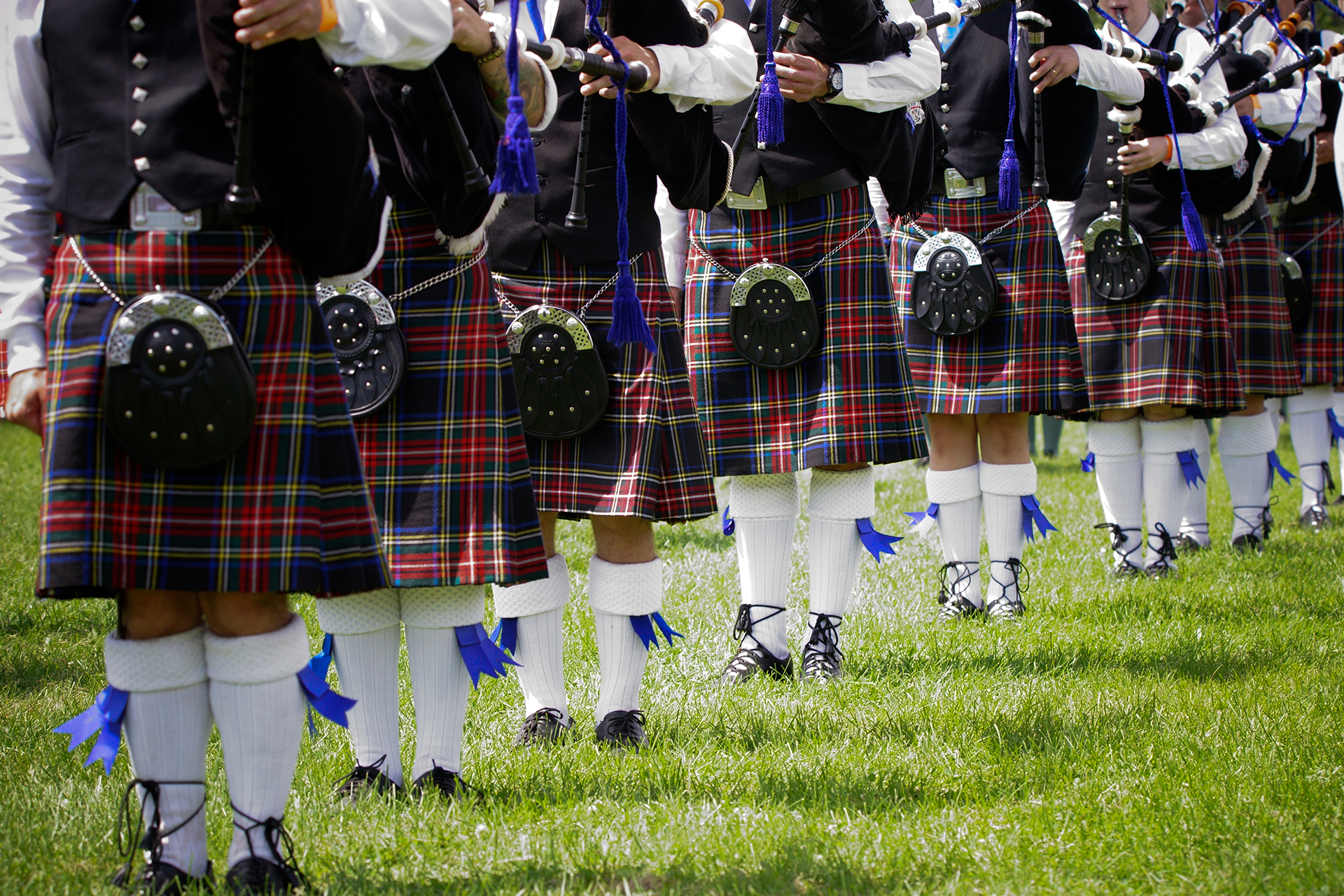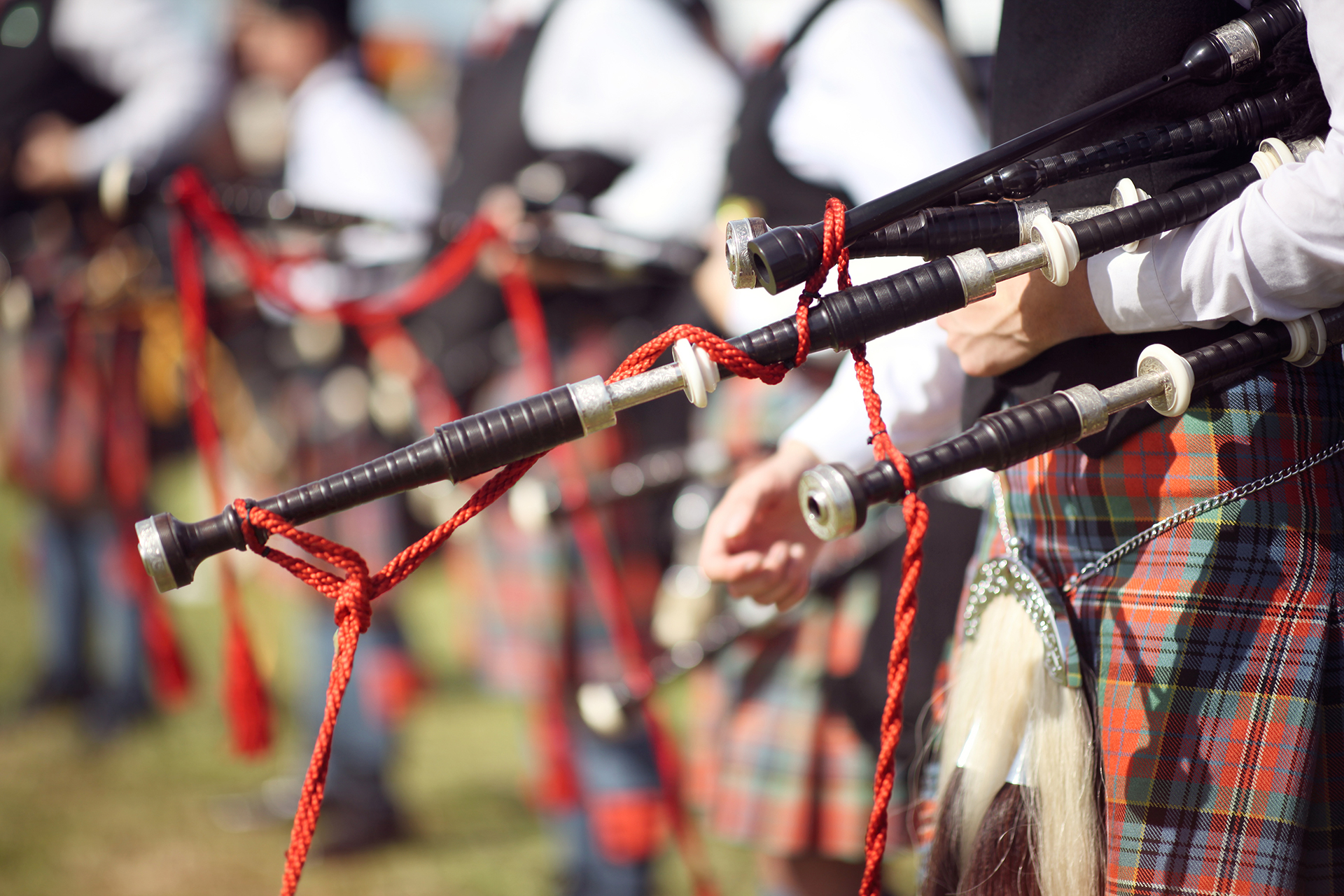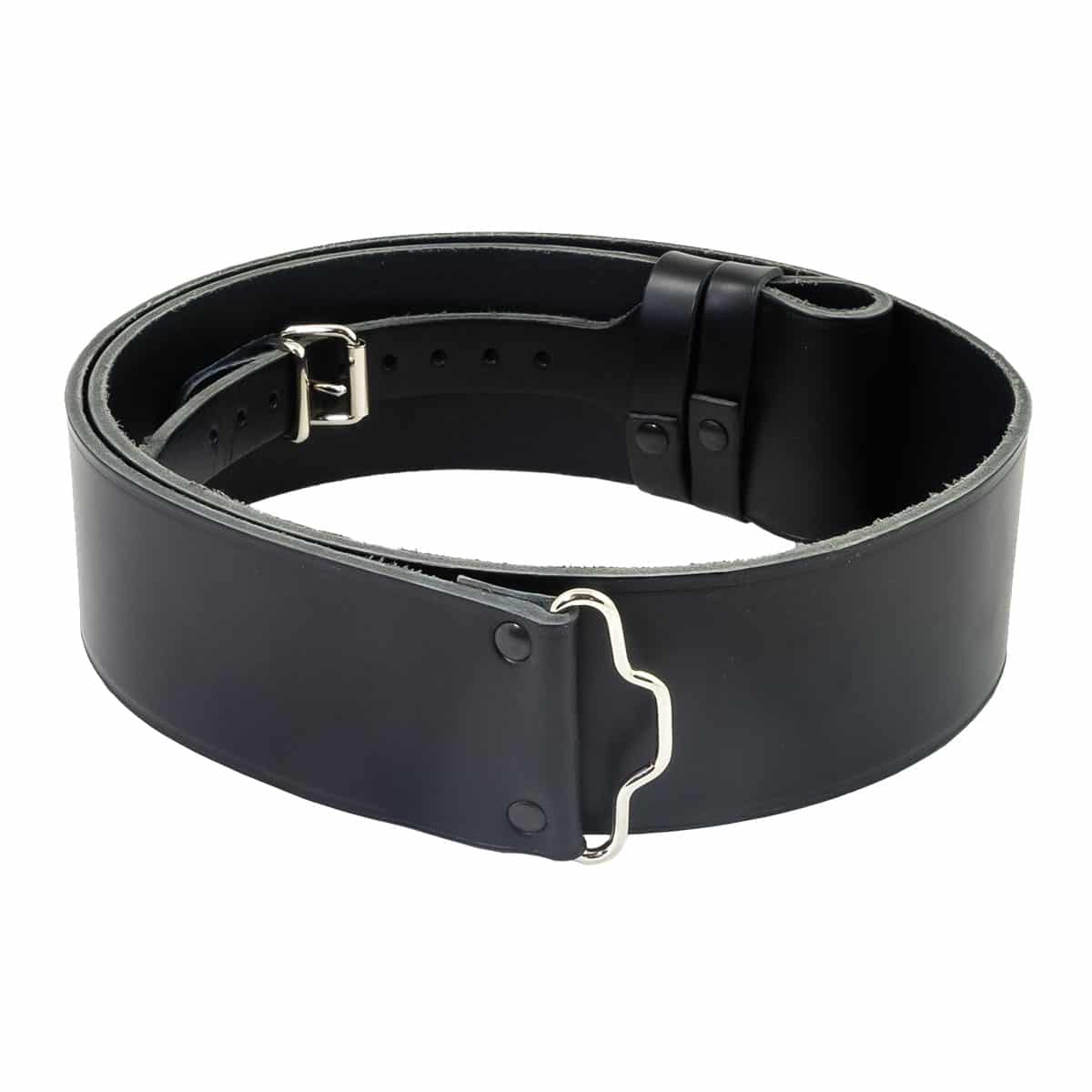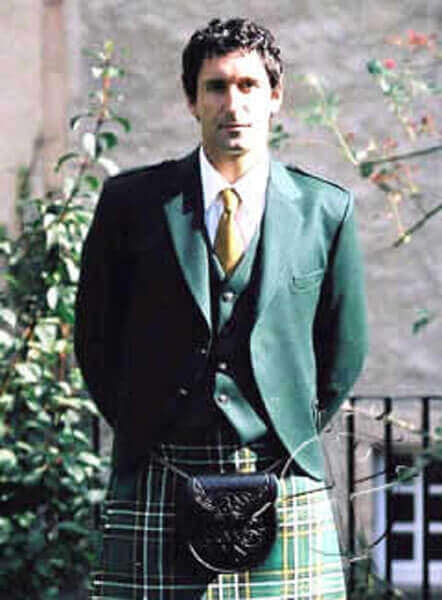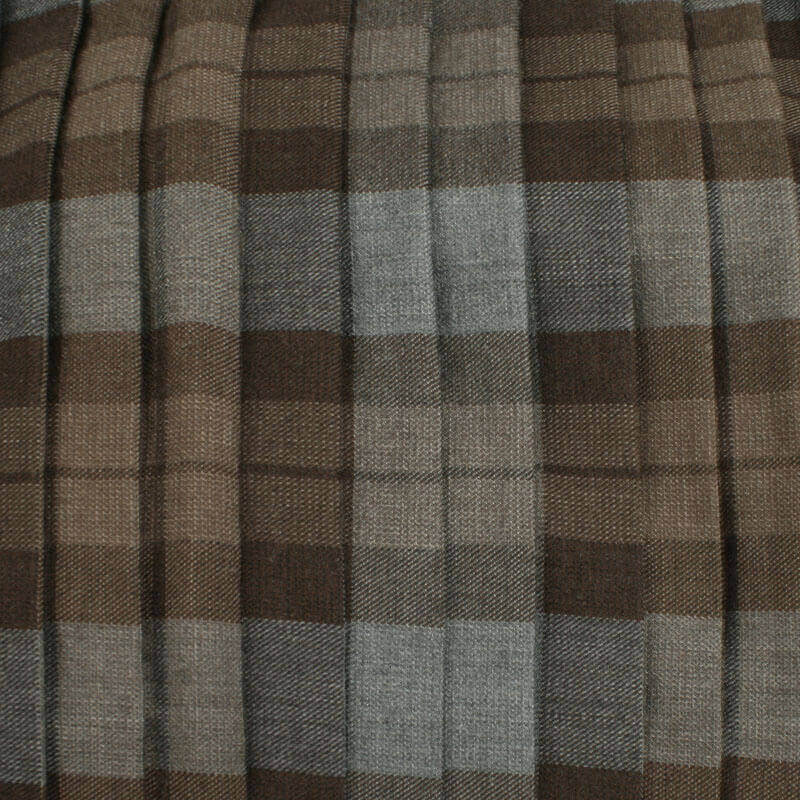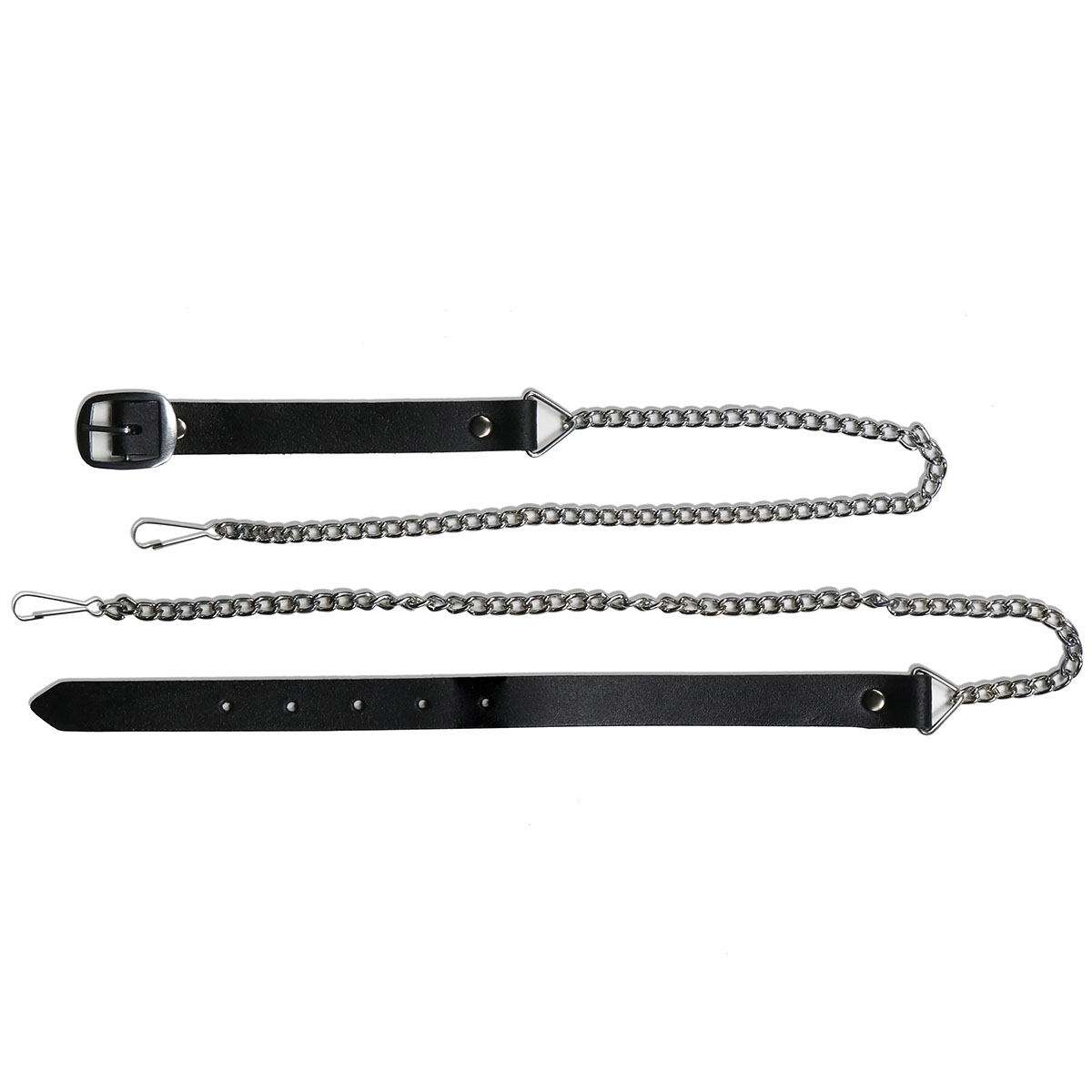In our ever-more-global culture, having a heritage of which you can be proud can mean going on a cultural scavenger hunt. You may have strong links to a Scottish clan and spend your whole life in the dark!
How do we find out the intricacies of our cultural heritage, and then proclaim our roots? Further, how can we celebrate those roots once we’ve discovered them?
Knowing who you are and where you came from can give you a powerful sense of home and hearth, a sense of belonging, and a compass to your “people.” (Even if your people have scattered to the four corners of the earth.)
At Celtic Croft, we welcome you home to our proud Scottish traditions with apparel, jewelry, and more no matter where you’ve landed your ship today. Here are several ways to discover your deep Scottish ties, from our family to yours.
Then, display your tartan pride by purchasing a kilt, hat, scarf, face mask, or accessory from the bonny selection at Celtic Croft.
Are you one of the 50 million?
By “50 million,” we mean that’s how many people claim Scottish heritage or connection in the world today! Scots reside all around the globe.
You can discover your Scottish heritage with relative ease, because of the wealth of Scottish records kept meticulously down through generations of marriages, births, deaths, Census records, and wills.
These Scottish records date back to the 1500s, so that you can trace your heritage in ways unusual to other cultural searches.
By the way, we consider you Scottish even if you married into a clan lineage, or found us in other unique ways. Wearing a tartan kilt proclaims to the world your rich heritage, even before the show “Outlander” was a thing!
A (very) brief history of tartan design
A tartan (or plaid, as some of you new to the Scottish culture may have called them) is a form of textile art native to Scotland. Each tartan stands unique according to it’s pattern of colors and squares. Each thread count (pattern of red, blue, yellow yarns,), or “sett” corresponds to a clan identity.
Tartans come in a variety of materials from silk to heavy wool, and serve the wearer in a variety of ways from ceremonial to the highest functionality.
Tartans matched you to a clan, as well as being the most functional garment ever. Highlanders in Scotland wore kilts as a daily uniform, of sorts. These indispensable garments provided warmth and weather-proofing in the harsh Highland climate.
Originally, kilts were worn as a long cloth, belted around the body to create a knee-length garment, with a long over-the-shoulder sash. You could staunchly sport your clan colors if you topped off the whole outfit with a hat featuring your clan badge ( typically a flower or plant.)
And, when he needed a place to keep your coins, the leather sporran circling the waist of the Highlander gave him a secure home for his valuables.
Women and tartans
Highlander women wore their tartans with the same pride and function as men. A female plaid was called an “earasaid.” This garment was a large plaid cloth belted over a dress as a coat or shawl. The arisaid was further held closed by a pin (which may have further showcased her clan symbols) which left extra material for a hood.
These warm wraps also kept babies secure and warm next to their mothers. A tonnag was often a crucial part of the female tartan garb as a scarf, or hood for additional warmth.
Wear a tartan, be an outlaw
Sadly, tartans were outlawed in 1746 due to several Scottish uprisings against the English crown. The purpose of the tartan ban and other Highlander traditions was an attempt by the government to control the Scottish citizens more tightly.
This sad stripping of Scottish cultural heritage lasted almost 40 years. When the tartan ban was repealed in 1782, tartans transitioned to ornamental wear honoring Scottish heritage, more so than Highlander daily wear.
Today, wearing a tartan means you stand in solidarity with a rich cultural heritage of a proud people with a wealth of historical significance.
A few of the heavy hitters
If your last name starts with Mac or Mc, there’s a good chance you’re Scottish (at least in part.) However, you may also have family ties to Scotland if you or your family members have last names like:
- Fraser
- Bruce (Migrated to Scotland from Normandy in 1066, clan of King Robert the Bruce)
- Baird (A prominent clan in the legal professions as well as national affairs)
- Cameron
- Chattan
- Douglas (a prominent and powerful clan in Scotland)
- Erskine
- Grant
- Gordon
- Cockburn
- Cunningham
- Robertson
- Murray
- Campbell
- Munro
- Menzes
It’s easy to travel down the long and storied rabbit hole of clan history and how your family may have descended from Scottish ties.
How do I find my clan?
If you checked the link earlier in this article for your Scottish ties, you may already know your clan. If not, give it a go. It’ll be helpful if you can list your family’s surnames going back a generation or two, to include maternal and paternal surnames.
You can also access your genetic heritage by Googling and ordering a DNA test from one of many companies offering this service.
You’ll get a comprehensive view of where in the world your DNA has come from before it landed in YOU. We hope a good percentage of that DNA is of Scottish descent!
You can also Google “how to match my clan to my tartan” for clan history and finding your tartan “sett.”
You’ve found your clan, now what?
Wearing your clan pride is a snap with Celtic Croft. We offer a wealth of clan tartans and designs, as well as accessories, gifts, and traditional Scottish heritage items.
Dive deep into the Scottish diaspora whether you’re in the Scottish bloodline or not. We welcome you to our Scottish heritage with pride no matter where you came from.
From our family to yours, enjoy displaying your rich Scottish heritage with the highest quality products from Celtic Croft!
